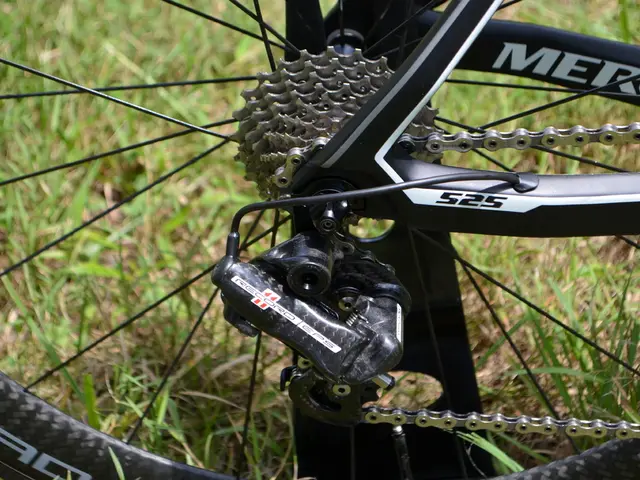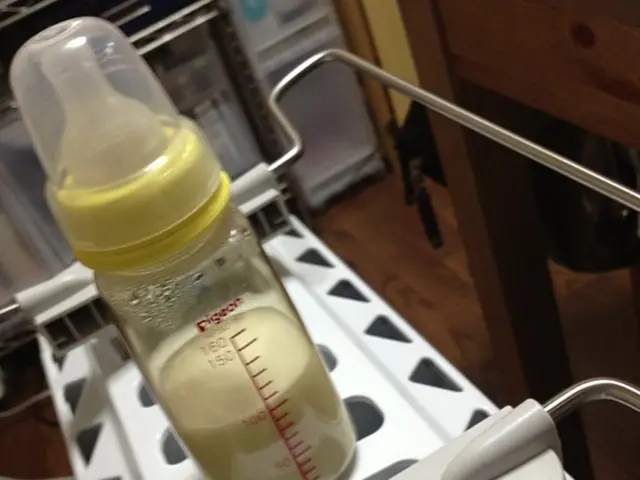German Pet Food Prices Soar 35% in 4 Years, Driving Dog Tax Revenue to Record Highs
Pet food prices in Germany have soared by over a third in recent years, with dog and cat owners feeling the pinch. Meanwhile, cities and municipalities have seen a significant increase in dog tax revenues.
Between 2020 and 2023, the cost of dog and cat food rose by 35.3 percent. This surge can be attributed to higher raw material, energy, and personnel costs. Meat, grain, and fishmeal prices have significantly increased, driving up production costs. Despite this, pet owners are increasingly seeking high-quality, sustainable pet food, even at higher prices. However, the difficult economic situation has made many owners more price-sensitive, limiting price increases.
Bird food prices have also risen by about a third, reflecting the broader trend in pet food costs. In 2023, there were approximately 10.5 million dogs and nearly 16 million cats in Germany, indicating a large market for pet food.
The rise in dog and cat food prices has been substantial, with owners balancing their desire for quality with economic realities. Meanwhile, dog tax revenues have reached record highs, with collections in 2024 totaling around 430 million euros, a 39 percent increase from 2014. Despite the increase, the specific entity with the highest rise in dog tax collection since 2024 remains unclear.
Read also:
- Cybercriminals Exploit Fortra's GoAnywhere, Affecting 300+ Critical Sectors
- Swiss Cheese Exports Plummet 55% Amid US Tariffs, Dairy Industry Slaughtering More Cows
- Colorado's Oil and Gas Industry Faces Revenue Drop and Land Use Conflicts
- Berlin Aims for Major Bicycle Parking Expansion by 2030 Despite Hurdles








